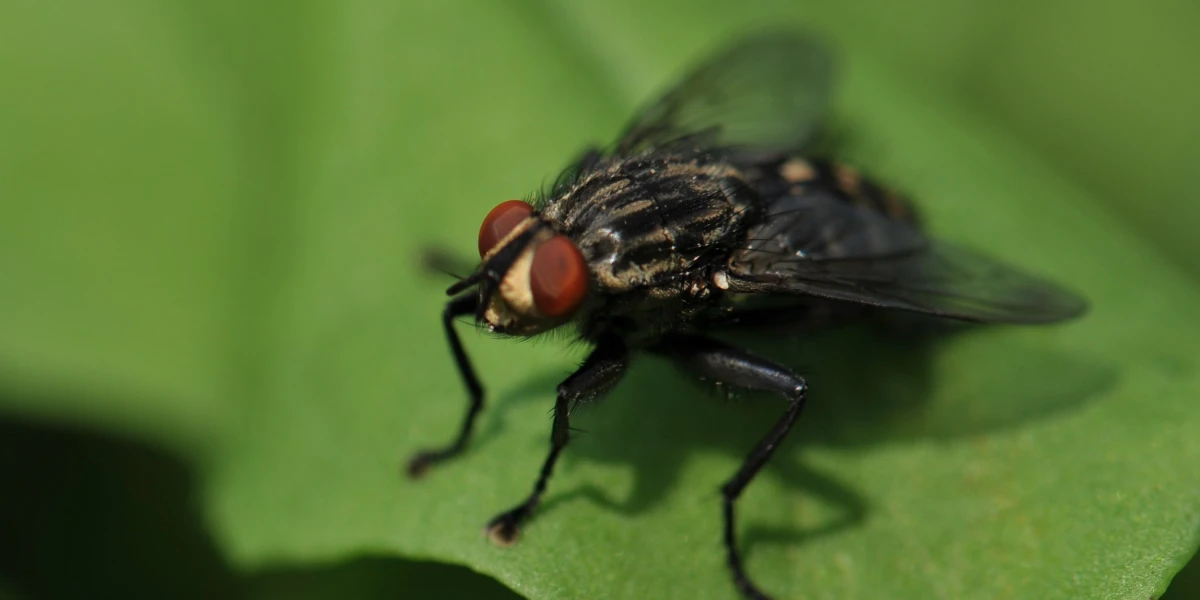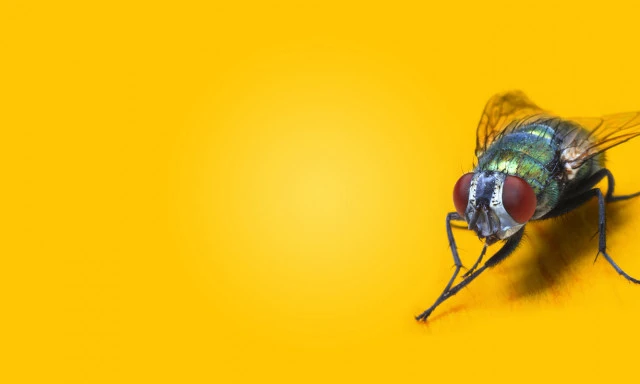Some Fascinating Facts About Houseflies
True flies are insects of the order Diptera. Diptera means two wings (originating from Greek di=two, and ptera=wing). Flies have a pair of functional wings for flight and a pair of vestigial (modified) hindwings called halteres which act like a gyroscope providing balance and a sense of position change.
The common housefly (Musca domestica) is the most common pest fly and it is this species that we will be considering.
- Houseflies are the most common flies found in houses and other buildings. They are commensal with humans, i.e. they have a close association with us.
- Houseflies are found from the arctic to the tropics and are common on all continents except Antarctica.
- Houseflies have been found at heights of 2,000 metres in the air. It is probable that they have not flown to that height but have been carried up by up-draughts.
- Adults are grey to black with four dark stripes running front to back on the thorax.
- The fly body is hairy. They have brick red eyes that wrap around their head and give them a view up, down and behind them.
- The housefly compound eye contains about 4,000 individual lenses each viewing at a slightly different angle, so they perceive multiple images of every point in their view.
- Flies can process visual information and can detect movement more quickly than humans which is why we struggle to hit them with a fly swat.
- Females are slightly larger in general and their eyes are set a little further apart.
- Females usually mate only once and store the male sperm for fertilising eggs throughout her life.
- Eggs are laid on moist decaying plant or animal material.
- A female housefly lays up to 500 eggs in her lifetime.
- Maggots hatch from the eggs and feed ravenously on the material for 2-5 days before pupating.
- Fly maggots are an important part of the recycling of dead material.
- When the maggots have fully developed (end of the fourth instar), they crawl to a dry, cool place and transform into red-brown pupae.
- After metamorphosis in the pupae, the flies emerge and continue the cycle.
- Flies emerge at full size and grow very little, if any, in adulthood. Smaller flies are the result of smaller, less well-fed maggots.
- Male and female houseflies will be sexually mature within a day.
- The females release a pheromone [(Z)-9-tricosene] which is attractive to the males although it is thought not to be released into the air and is only detected by the males on contact with the females.
- The breeding potential of houseflies is enormous. Given no restrictions, a pair of flies could give rise to two hundred million trillion flies in 5 months. Soon there would be enough to cover the planet several metres deep.
- Houseflies live for up to a month. They feed on a wide variety of foods.
- Solid foods are partially digested and softened by their saliva because houseflies have mouthparts that can only sponge and suck up liquids.
- The flies will stomp in the material to aid the softening and because they have taste receptors in their feet to taste the food. It is thought a fly foot is more than 10 thousand times more sensitive to sugar than our tongues.
- Flies carry a variety of disease-causing organisms in their saliva, guts, faeces and exterior surfaces. They are therefore significant contaminators of food and transmitters of disease.
- Houseflies are suspected of transmitting as many as 65 diseases to humans, including food typhoid fever, dysentery, cholera, poliomyelitis, yaws, anthrax, tularemia, leprosy and tuberculosis.
- Flies can walk on the ceiling because their feet have hairy pads that produce a sticky substance which gives them excellent grip.
- Housefly wings beat up to 1,000 times per second, but the majority of a fly’s buzz comes from the movement of air in and out of their breathing holes (spiracles) along the side of their body.
- Nearly every time a housefly lands it defecates, leaving its faeces on the surface, often visible as fly spots.
- As late as the 17th-century people thought maggots appeared spontaneously in decaying matter.
See here for information on how to get rid of flies and stop them pestering you and your family.
David Brittain
Kiwicare


